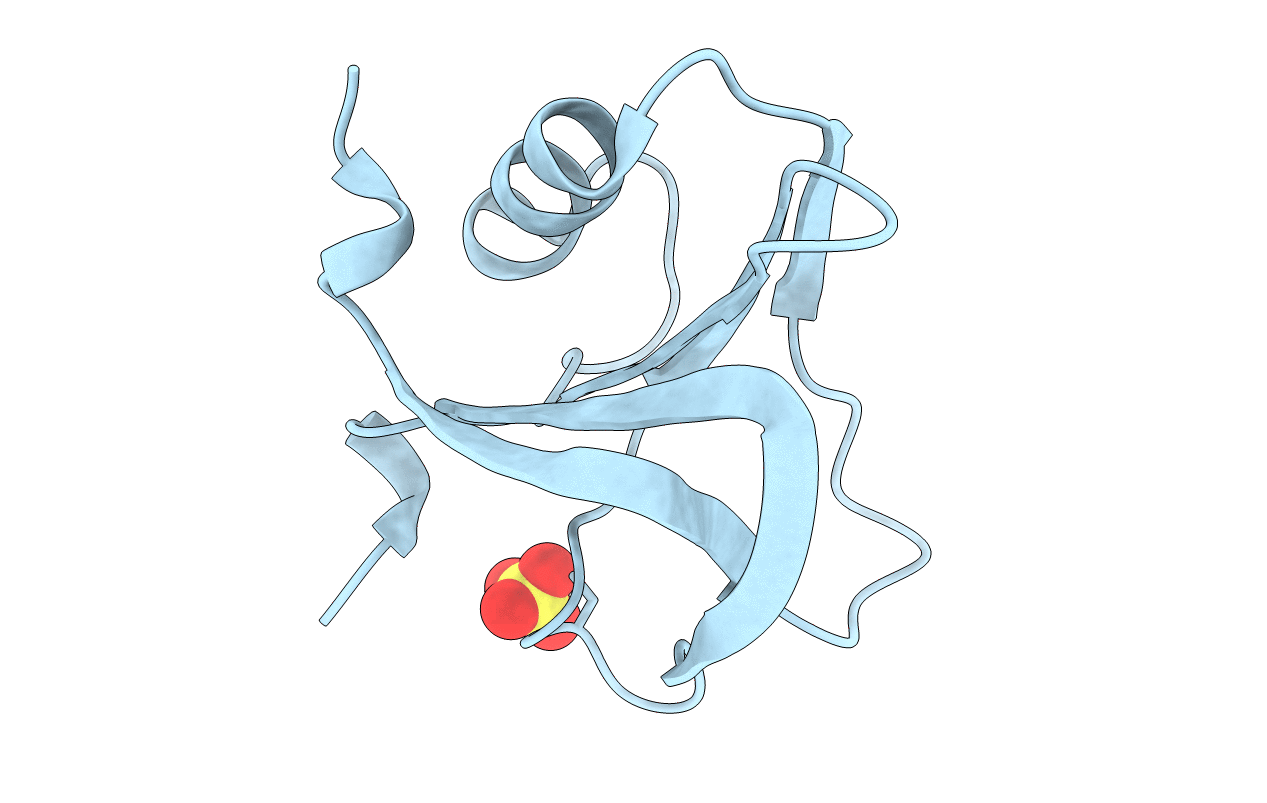
Deposition Date
2009-05-29
Release Date
2010-06-09
Last Version Date
2024-11-06
Entry Detail
PDB ID:
3HMR
Keywords:
Title:
Crystal structure of the N-terminal fragment (31-127) of the mouse hepatocyte growth factor/scatter factor
Biological Source:
Source Organism:
Mus musculus (Taxon ID: 10090)
Host Organism:
Method Details:
Experimental Method:
Resolution:
2.00 Å
R-Value Free:
0.26
R-Value Work:
0.21
R-Value Observed:
0.21
Space Group:
P 65


